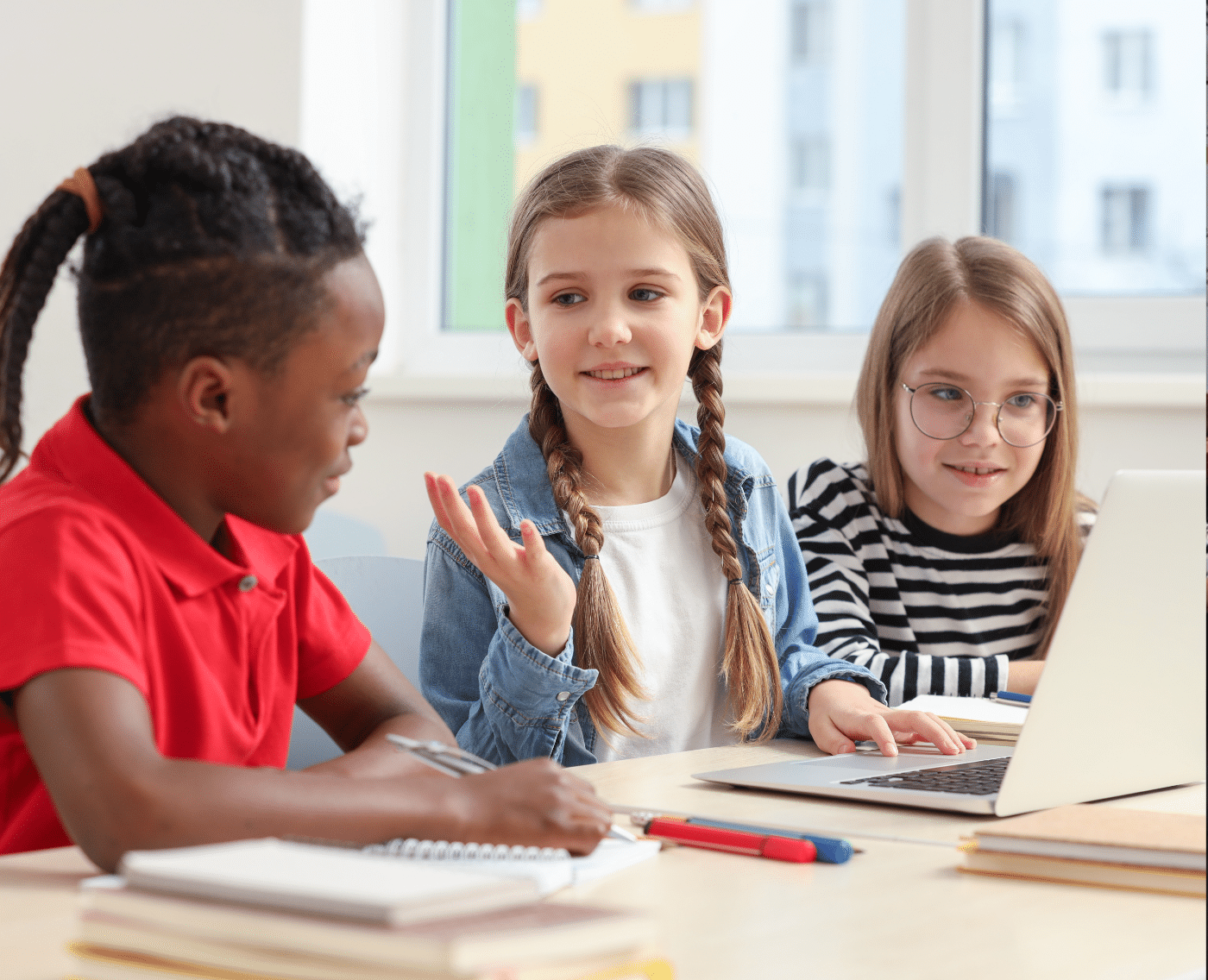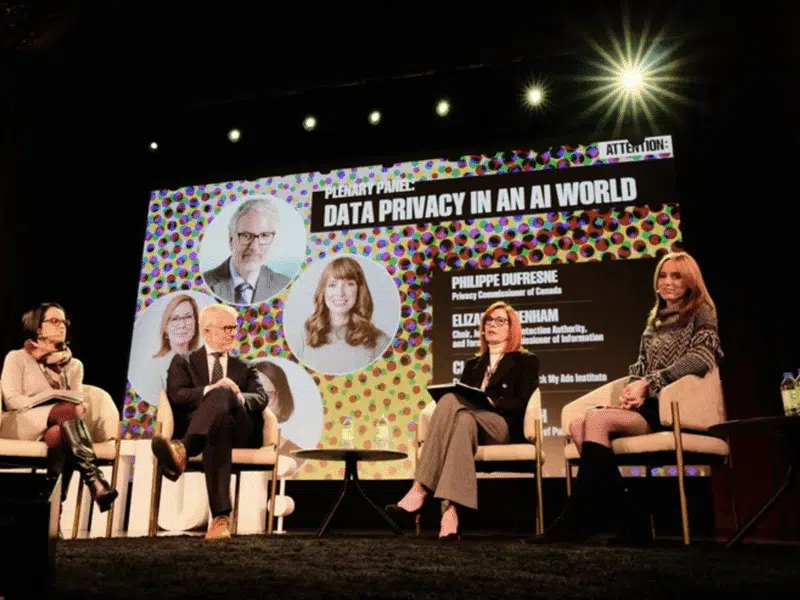Digital world “in need of repair”, children tell us
Digital experiences have become deeply entrenched in contemporary childhoods, providing new opportunities and challenges. We have met with children all over the World to hear what they have to say about the digital world.

Talking to children and young people, it doesn’t take long to realise the scale of the problem or the extent of the opportunity for the digital world to work in their interest. Many of them mention concerns around addiction, mental health, and data privacy, but also, the positive impacts on communication, creativity, and skills. Some are quick to point out that the companies themselves should be fixing these problems, advocating for greater accountability on “how intrusive they actually are”, with others stating they “do not know who to blame”. What is apparent is that they feel digital services and platforms “should be repaired”,
Ed-Tech “the correct way”
AI, smartphones and EdTech are rapidly transforming the world as we know it. However, children and young people are calling for a more balanced approach to how we incorporate these technologies into our everyday lives.
“Teachers believe that technology is a shortcut to learning and want us to keep traditional learning models. Some do have a more “open mind” and want to learn how to integrate new tech… It’s all about using AI in the correct way.”
Many students share this sentiment. While being supportive of the role ChatGPT can play in checking grammar, providing research, and enhancing creativity; many are concerned about the legitimacy of the information provided, deeming it less reliable than “googling” for information.
The topic of phones in schools sparked a similar discussion, with students debating the importance of determining “when and where it is appropriate”. Young people reported that phones often hinder quality time with friends, acting as a proper barrier to communication. Moreover, many students voiced feelings of judgement and anxiety and exposure to content they “shouldn’t be seeing”. When talking about solutions, themes of parental oversight, school banning, and the importance of privacy and boundaries were quick to emerge.
“All parents are different… Some will not be able to do this, and it is not fair for different kids. So, it is down to the platforms, I think. They should take care of their “customers”.”
Young people also determined that whatever the approach, digital platforms and services must consider the vulnerabilities associated with different ages and maturity levels.
Online gaming: a double-edged sword for children
Debating online gaming, the discussion shifted to topics of addiction, financial pressure, and toxicity in the community. Young people and children voiced that certain games were really effective at maintaining engagement. However, many feel pressured to buy “skins” to use in the game while others shared their tendency to avoid playing these games to prevent a spiralling “shopping spree”.
However, children also stressed that online gaming can be a positive experience and play an important role in developing their reflexes, easing their ability to socialise, or fostering teamwork.
“[In]… the case of Among Us, [it] allowed me to improve my English, as I needed to communicate with players from all over the world.”
Children and young people are at the forefront of the digital environment, standing the most to gain, but also, shouldering the largest burdens of online harms. They know what is working and what isn’t. We must continue to listen to their experiences and advocate for a digital world that puts their rights at the centre.
Speaking of listening to the experiences of children, 5Rights is launching a podcast on the 25th of July. Children and young people in our Youth Engagement Programme will lead a podcast in which they discuss amongst themselves experts, and decision-makers, the latest trials and tribulations of the digital environment. Mark the calendar and watch this space, because children and young people have got a lot to say.
Recommended Reads

From Indonesia to ASEAN: building momentum for children’s rights online in Southeast Asia
Governments and experts convened at the ASEAN ICT Forum on Child Online Protection in Kuala Lumpur, setting the stage for a renewed Regional Plan of Action that embeds safety-by-design principles. ASEAN member states are set to adopt a renewed…

European Parliament resolution reaffirms commitment to children’s rights online
The European Parliament has adopted its Resolution on the Protection of Minors Online: a decisive commitment towards children’s rights online and a critical acknowledgment of the importance of robust enforcement.

Canada at a crossroads: protecting children in the age of AI
As Canada redefines its approach to artificial intelligence and technology governance, recent developments highlight that safeguarding children and their rights should be fundamental to the country’s digital future.

Leaders at Nigeria’s Online Safety Forum call for a digital world that protects children by design
At the Lagos Online Safety Forum, 5Rights Trustee Dorothy Gordon urged Nigerian policymakers to move from commitment to implementation – designing digital experiences that respect children’s rights, safety and privacy by default.
